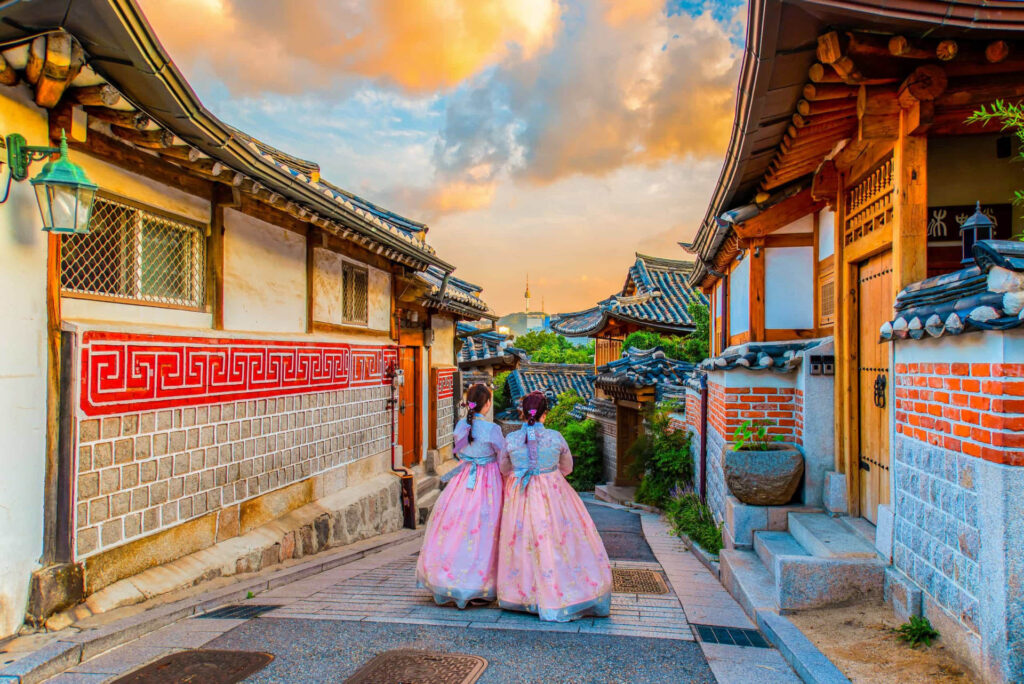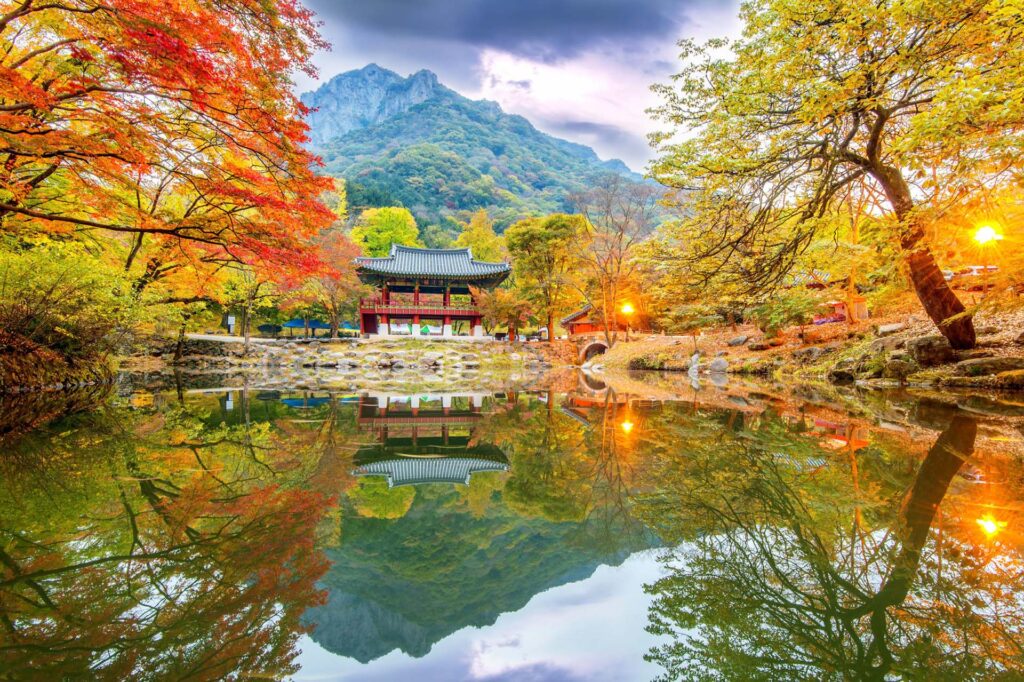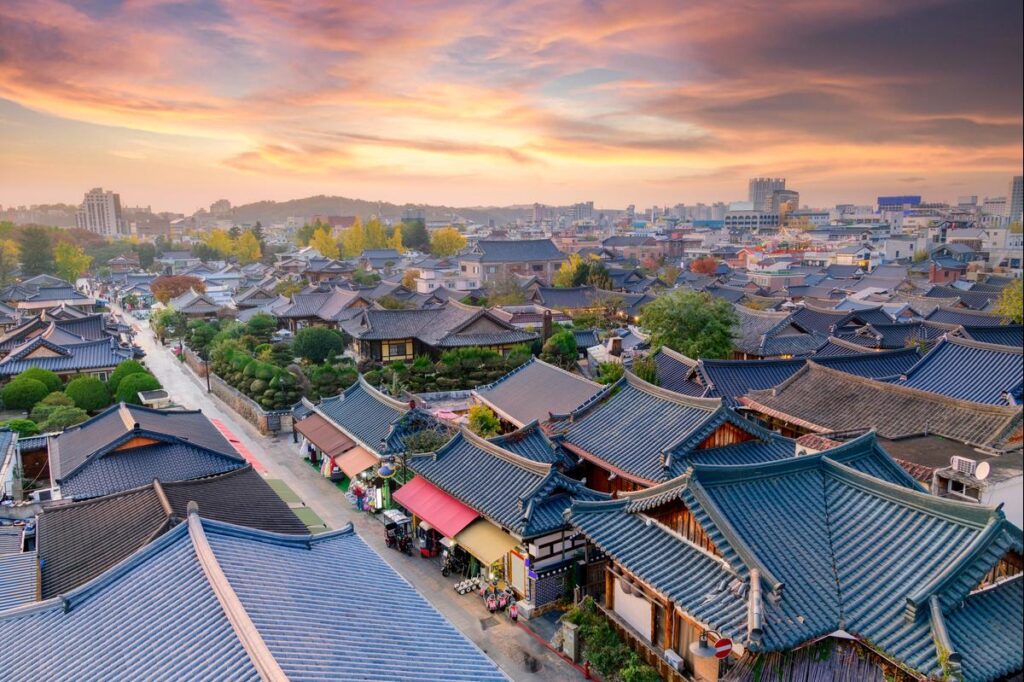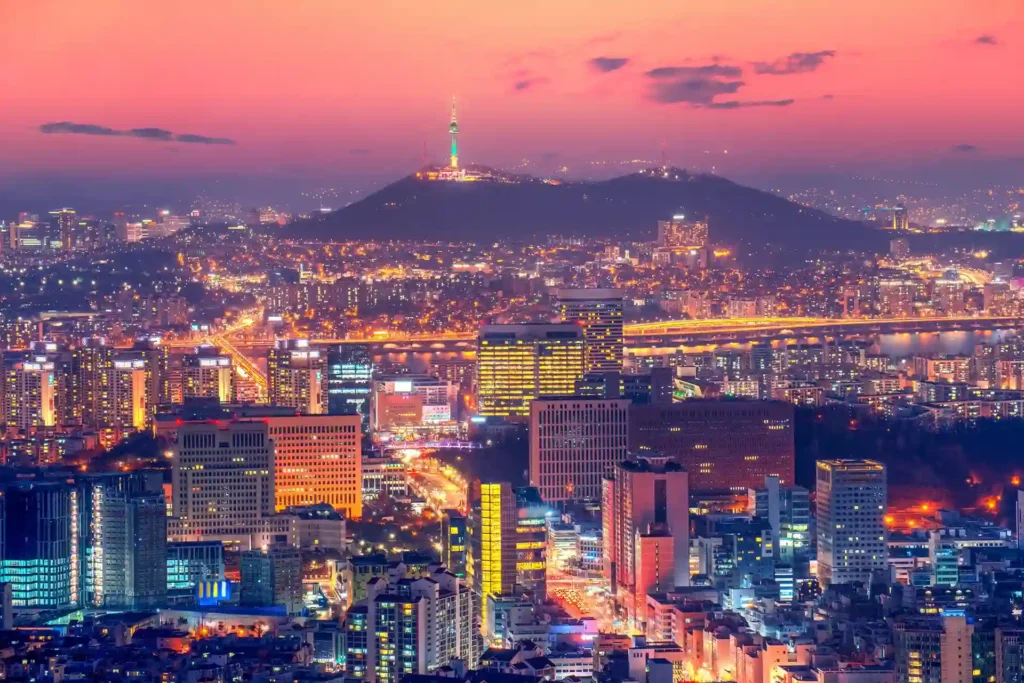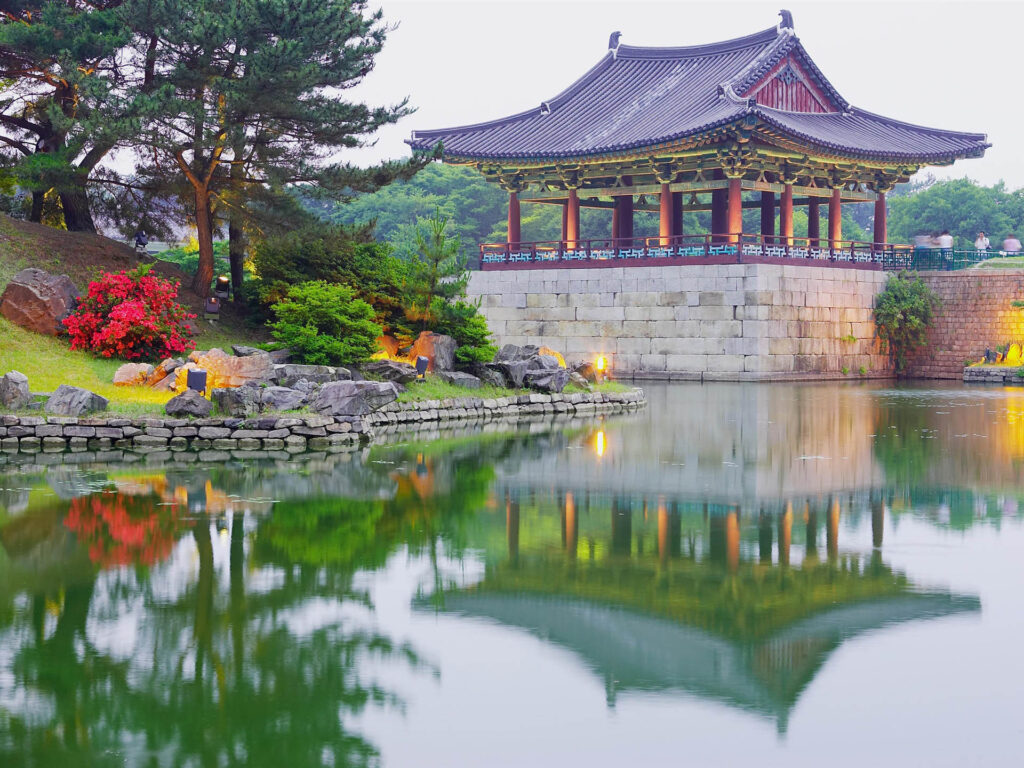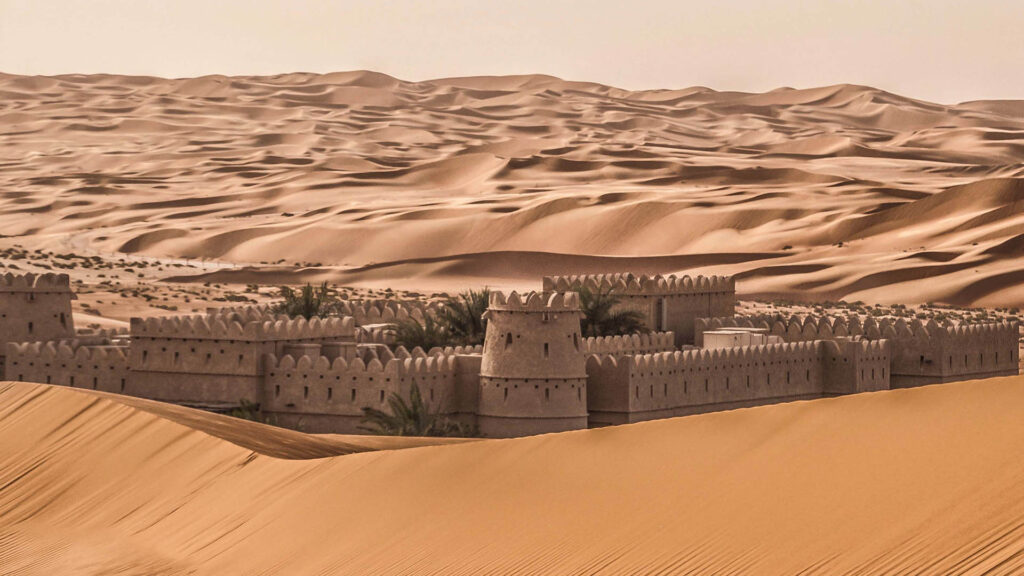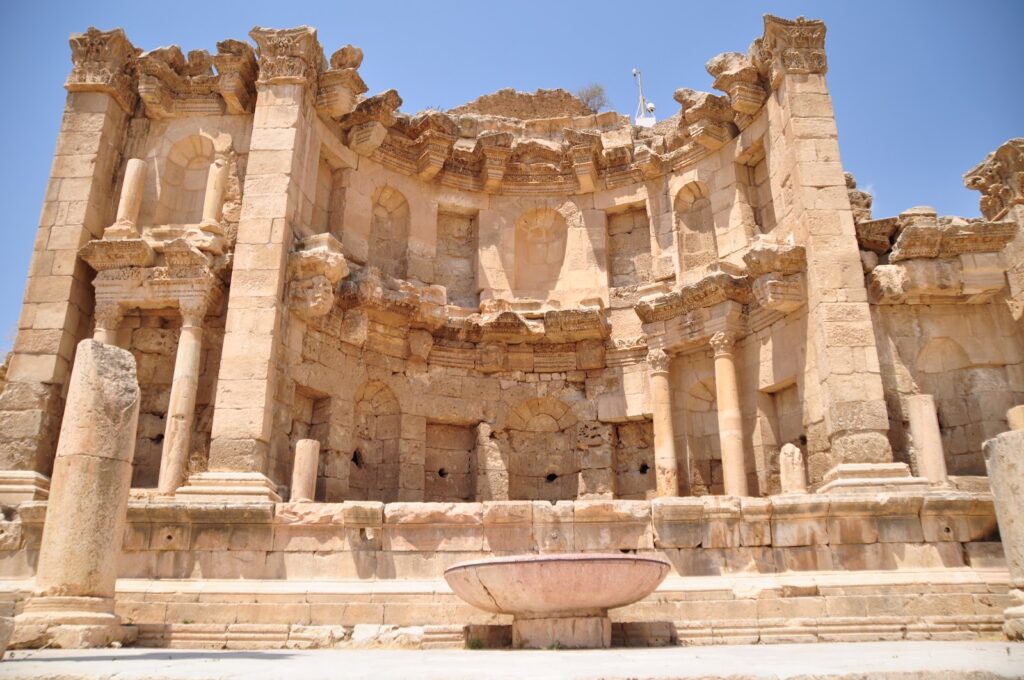IntrJerash: Jordan’s Crown Jewel of Roman Architecture
In the heart of Jordan, about 30 miles north of the bustling capital Amman, lies a city that seamlessly blends the ancient and the modern. Jerash, known as the “Pompeii of the East,” is home to one of the world’s largest and best-preserved sites of Roman architecture outside of Italy. While today’s city is a vibrant urban center, it’s the adjacent ruins of Gerasa that draw hundreds of thousands of visitors each year. This sprawling archaeological wonder offers an unparalleled glimpse into life in a prosperous provincial city of the Roman Empire.

Jerash: Jordan’s Crown Jewel of Roman Architecture
The Historical Tapestry of Jerash
From Neolithic Times to Greek Rule
The story of Jerash stretches back much further than its famous Roman ruins. Archaeological evidence suggests that the area has been inhabited since the Neolithic period, over 6,500 years ago. Stone tools, pottery shards, and primitive structures indicate that early farming communities were drawn to the region’s fertile soils and reliable water sources.
By the 4th century BCE, the site had grown into a small but thriving town. It was during this period, following Alexander the Great’s conquests, that the region came under Hellenistic influence. Greek colonists, likely veterans of Alexander’s army, settled here. They named their new home “Antioch on the Chrysorrhoas,” after Antiochus IV Epiphanes and in reference to the golden-flowing river (now known as Wadi Jerash) that waters the valley.
Rise as a Roman City
Jerash’s golden age began in 63 BCE when the Roman general Pompey conquered the region, incorporating it into the Roman client kingdom of Judea and later into the province of Syria. The Romans quickly recognized the strategic and economic potential of the site, which controlled important trade routes. Under Roman rule, the city was renamed Gerasa and granted a degree of autonomy.
The Pax Romana, a long period of relative peace and prosperity in the empire, allowed Gerasa to flourish. Its agrarian base was strong, producing wheat, olives, and wine. More importantly, it became a key center for trade in spices, textiles, and bitumen (used for waterproofing and embalming) from the Dead Sea. This economic success funded a massive building program that created most of the monuments we see today.
Byzantine Period and Islamic Rule
With the empire’s adoption of Christianity, Gerasa took on new significance. By the 5th century CE, it was the seat of a Christian bishop, boasting numerous churches adorned with exquisite mosaics. Some scholars believe St. Jerome’s quote about “Gilead’s balm,” a sought-after medicinal resin, refers to a product traded in Gerasa.
The city’s fortunes changed with the Muslim conquests of the 7th century CE. Now part of the Umayyad Caliphate, it was renamed Jerash. While no longer a major urban center, it remained inhabited, with its Roman temples converted into mosques. The resilience of its Roman-era infrastructure is evident; some aqueducts continued to supply water to Jerash’s residents until the late 19th century.
Rediscovery and Modern Times
Jerash’s ancient splendors were largely forgotten by the Western world until 1806, when German explorer Ulrich Jasper Seetzen identified the ruins as those of Gerasa. This revelation sparked a series of excavations throughout the 19th and 20th centuries, each uncovering more of the city’s vast archaeological wealth.
Today, modern Jerash is a thriving city of over 50,000 people, many of whom are descendants of Circassian immigrants who settled here in the 1870s after fleeing the Caucasus. While the old and new cities coexist side by side, it’s the ancient ruins that have made Jerash Jordan’s second-most-popular tourist destination after Petra.
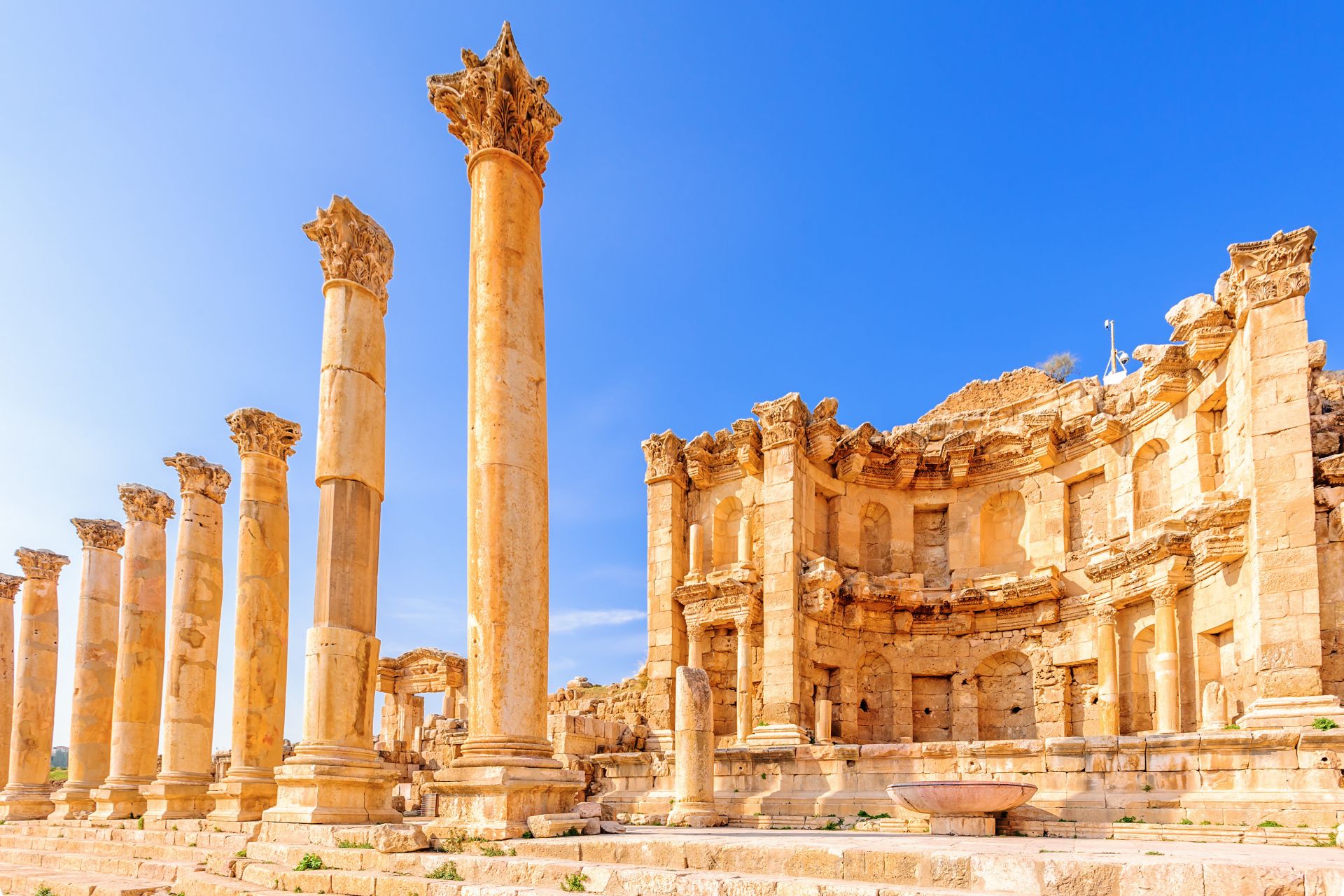
Jerash: Jordan’s Crown Jewel of Roman Architecture
Architectural Marvels of Ancient Gerasa
The Majestic Oval Plaza
Any visit to Jerash begins at the Oval Plaza, and for good reason. This extraordinary space, measuring 90 meters long and 80 meters wide, is a marvel of urban design. Unlike the typical rectangular forums of Roman cities, Jerash’s plaza is a perfect oval, making it architecturally unique in the Roman world.
The plaza is paved with limestone slabs, many still showing chariot wheel ruts—tangible echoes of bustling life nearly two millennia ago. It’s surrounded by a colonnade of 56 Ionic columns, their graceful scrolls and elegant proportions reflecting the prosperity that allowed Gerasa to import the finest architects and materials from across the empire.
Triumphal Arches and Grand Entrances
Approaching the Oval Plaza, visitors pass through one of the ancient world’s most impressive entryways: Hadrian’s Arch. This monumental triple-arch structure, standing 11 meters high, was erected in 129 CE to honor Emperor Hadrian’s visit to Gerasa. Its intricate carvings and imposing scale were designed to awe travelers, declaring Gerasa’s status and its loyalty to Rome.
Nearby stands the equally grand South Gate, part of the city’s 3-kilometer circuit of walls. With its twin towers and massive wooden doors (reconstructed based on archaeological evidence), the gate was both functional—allowing guards to control access—and symbolic, transitioning visitors from the outside world into Gerasa’s orderly, civilized space.
The Heart of Civic Life: The Cardo and Forums
From the Oval Plaza stretches the breathtaking Colonnaded Street, or Cardo Maximus. Running for 800 meters, it was Gerasa’s main artery, lined with over 500 columns. Many still bear traces of colored plaster, hinting at a past when the street was a riot of color. Beneath your feet, the original Roman paving stones are interspersed with wagon ruts, manholes, and sophisticated drainage channels, showcasing Roman engineering prowess.
This bustling avenue connected Gerasa’s key civic spaces. The North Tetrapylon, an ornate four-sided monument, marked the intersection with the Decumanus Maximus, signifying the heart of the commercial district. Here stood shops, workshops, and perhaps ancient analogues of today’s cafes. Further along, you’d find the Nymphaeum, a monumental public fountain whose splashing water and cool shade made it a popular gathering spot.
Theaters and Public Entertainment
Gerasa’s ruins reveal a city that deeply valued public entertainment, boasting not one but two magnificent theaters. The South Theater, dating from about 90 CE, is remarkably intact. Its excellent acoustics—you can hear a coin drop on the stage from the top tier—hosted tragedies, comedies, and public debates. With a capacity of 3,000 spectators, it was a vital space for civic engagement.
Even larger is the North Theater, an auditorium that could seat 6,000. Constructed around 165 CE, it was likely used for music performances, poetry competitions, and city council meetings. The presence of these grand venues in a provincial city underscores the Roman belief that access to high culture was a marker of a civilized society.

Jerash: Jordan’s Crown Jewel of Roman Architecture
Cultural and Social Life in Ancient Gerasa
Religious Diversity and Evolution
The archaeological layers of Jerash offer a fascinating glimpse into the city’s spiritual evolution. In the 1st-3rd centuries CE, pagan cults dominated. Temples to Zeus, Artemis, and the city’s patron deity Tyche (Fortune) were central to civic life. The Temple of Zeus, though now in ruins, hints at its former grandeur with its massive columns and hilltop location, embodying the god’s celestial domain.
As Christianity spread through the Roman Empire, Gerasa adapted. By the 4th century, many temples were converted into churches or dismantled for building materials. The city eventually boasted over a dozen churches, including the landmark Cathedral. Its mosaic floors, with intricate geometric patterns and scenes from nature, reflect early Christian symbolism. Some mosaics even incorporate classical motifs, showing the syncretic nature of this transitional period.
Evidence also exists of Jerash’s later Islamic heritage. After the 7th-century Muslim conquest, mosques were established, often repurposing Roman structures. For example, part of the Temple of Dionysus was converted into a mosque, its orientation adjusted to face Mecca. This layers of religious architecture in one space poignantly illustrates Jerash’s long history of cultural adaptation.
Economic Life and Trade
Jerash’s impressive monuments were funded by a robust economy. As mentioned earlier, agriculture formed the base—the region’s fertile valleys produced grain, olives, and grapes. Many citizens were small landowners, reflecting a relatively egalitarian society. Larger estates often specialized in cash crops like flax for linen or herbs for medicines.
However, it was trade that truly enriched the city. Jerash’s location was pivotal. It sat on a junction of routes: north-south roads linking Damascus and Bosra with Petra and the Red Sea, and east-west paths from Philadelphia (modern Amman) to the Mediterranean ports. Merchant caravans brought frankincense and myrrh from Arabia, silk from China, spices from India, and glassware from Sidon.
Inscriptions and shop remains reveal a diverse mercantile class—Nabataean spice traders, Greek textile merchants, and local craftsmen. The city even minted its own coins in the 2nd century, a privilege that indicates substantial financial autonomy. This commercial energy would have made Jerash’s colonnaded streets a sensory spectacle, filled with exotic goods, languages, and aromas.
Public Health and Engineering
The Romans were masters of public health engineering, and Jerash showcases this expertise. An intricate network of underground pipes, some still functional, distributed water throughout the city. This system was fed by natural springs in the nearby hills, supplemented by the man-made reservoir at El Goli. Public fountains like the Nymphaeum provided free drinking water, while large cisterns ensured supply during dry spells.
Equally impressive was Jerash’s sewage system. Most houses and public buildings were connected to underground sewers that used gravity flow to move waste out of the city. Public latrines, like those found near the South Theater, offered hygienic facilities that were often centers for socializing and news-sharing.
Regular bathing was another hallmark of Roman life. Jerash had several bath complexes, combining hot, warm, and cold rooms to promote health through hydrotherapy. These weren’t just for cleaning; they were social clubs where citizens exchanged gossip, conducted business, and engaged in philosophical debates.
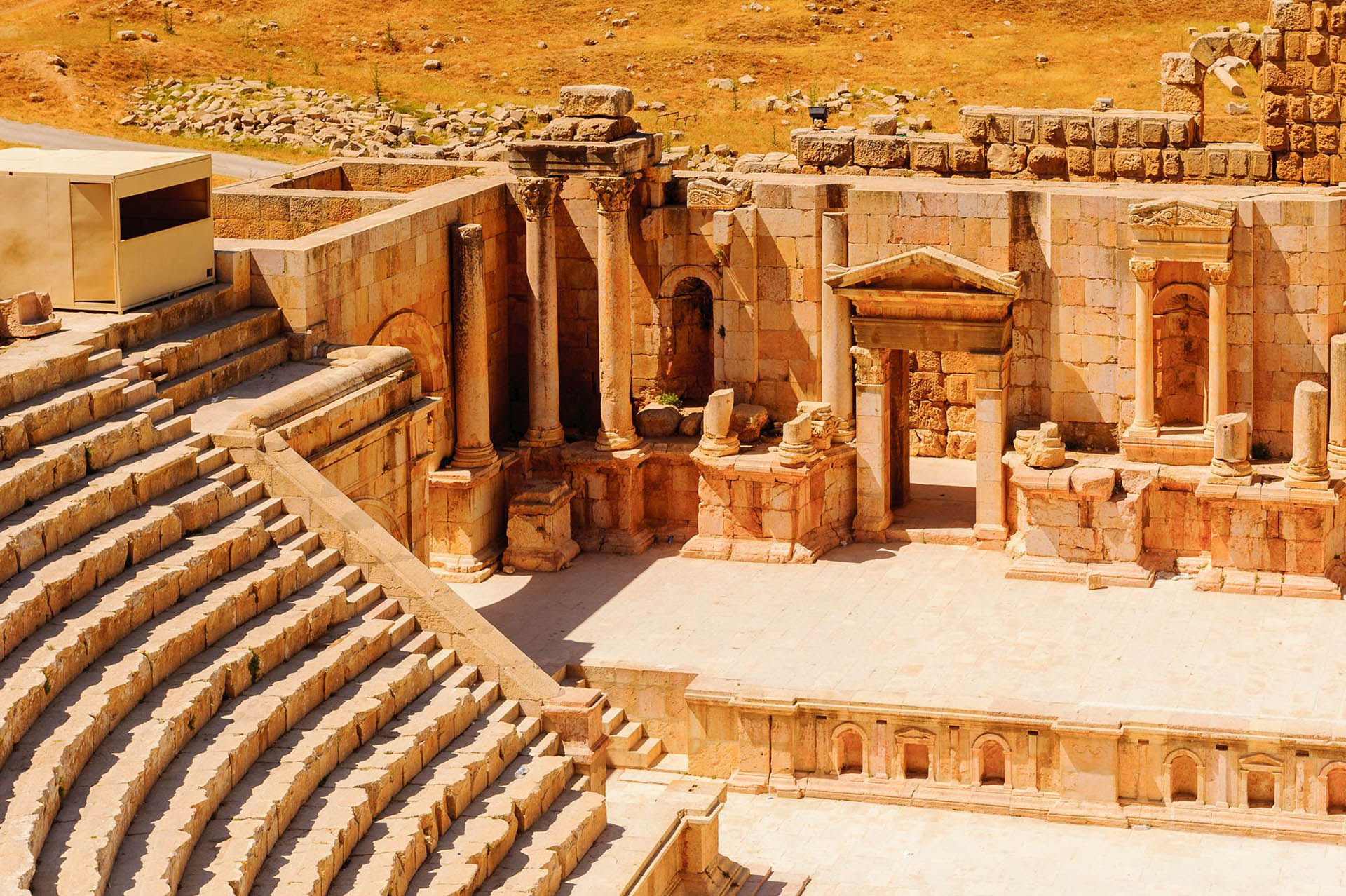
Jerash: Jordan’s Crown Jewel of Roman Architecture
El Goli Park Today: A Modern Oasis
Blending Recreation and History
Today’s El Goli Park masterfully blends its historical significance with modern recreational needs. The lake, while maintaining its 18th-century contours, now offers a range of water activities. Visitors can rent pedal boats or rowboats to explore the lake, getting unique perspectives on the surrounding hills and the city skyline. For those seeking a quieter experience, traditional swan-shaped paddle boats provide a romantic touch, especially popular with honeymooning couples.
On land, the park caters to diverse interests. A well-maintained jogging track encircles the lake, busy from dawn when local runners beat the heat. There are dedicated picnic areas with barbecue facilities, playgrounds designed to reflect Azerbaijani folk themes, and even an open-air chess pavilion where spirited games last well into the evening.
The Island Restaurant: Dining with a View
The iconic octagonal building on the lake’s island, once a royal summerhouse, now serves a different kind of enjoyment. Transformed into an upscale restaurant, it offers dining with panoramic views over El Goli’s shimmering waters. The building’s renovation carefully preserved its traditional Azerbaijani architectural features—the pointed arches, intricate brickwork, and open balconies.
The restaurant’s menu is a culinary journey through Tabriz’s history. You’ll find dishes that reflect the city’s status as a historical trade hub: saffron-infused rice from Persia, lamb kebabs with Caucasian spices, and for dessert, Levantine-style pastries filled with local walnuts. On cool evenings, guests can sip tea from samovars, a tradition brought by Russian merchants in the 19th century, while listening to live santoor (a type of hammered dulcimer) performances.
Seasonal Festivals and Night Lighting
El Goli’s role as a community space is most evident during its many festivals. Spring sees the Azerbaijan Culture Festival, showcasing the region’s distinctive heritage within Iran. Folk dance troupes perform the energetic “Yalli” dance, while artisans demonstrate crafts like carpet weaving and metalwork. In autumn, the park hosts the Tabriz International Film Festival, where movies are screened under the stars, with the lake serving as a vast natural screen.
As the sun sets, El Goli transforms again. An innovative lighting system, installed during a recent renovation, illuminates the park. The lights are programmed to change color and intensity, creating different moods throughout the evening. The octagonal island building is particularly stunning, its reflection shimmering in the lake like a jewel. This lighting not only enhances safety but also extends El Goli’s usable hours, allowing locals to enjoy its cool breezes after hot summer days.
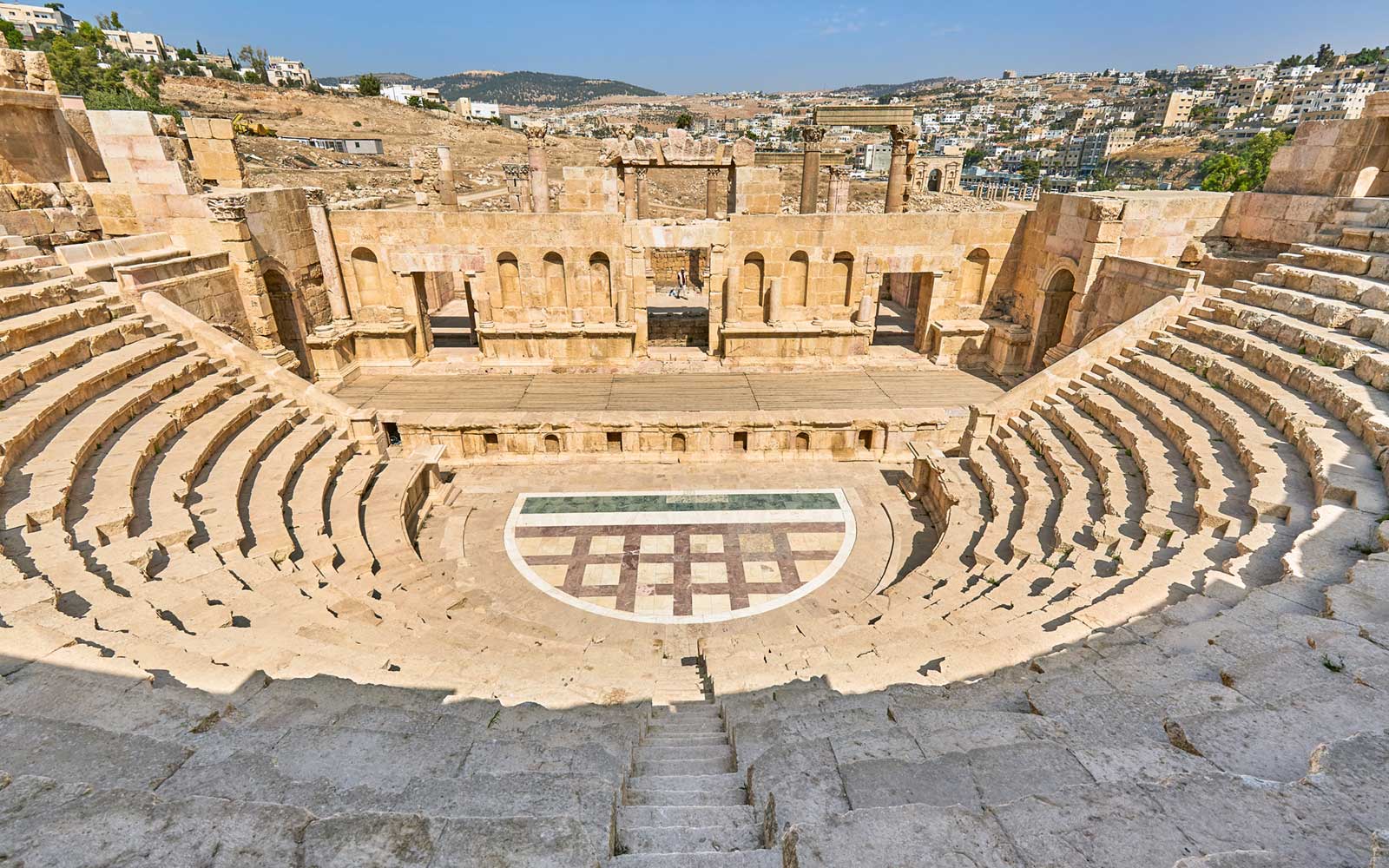
Jerash: Jordan’s Crown Jewel of Roman Architecture
Environmental Stewardship at El Goli
Water Conservation Efforts
Given Tabriz’s semi-arid climate, water management at El Goli is critical. The park’s administration has implemented several innovative conservation measures. Drip irrigation systems and moisture sensors ensure plants receive just the right amount of water, while mulching helps retain soil moisture. Many areas have been replanted with native, drought-resistant species like Persian ironwood and Anatolian buckthorn.
The lake itself, El Goli’s centerpiece, is carefully monitored. Advanced filtration systems maintain water quality without harsh chemicals. To offset evaporation losses, which can be substantial in the hot summers, the park captures and stores rainwater during the wetter months. There are also plans to test water recycling technology, using treated greywater from nearby hotels to supplement the lake.
Promoting Urban Biodiversity
Beyond water, El Goli’s managers are working to boost the park’s biodiversity. They’ve established a native plant nursery that supplies not just El Goli but other Tabriz parks, reducing the city’s reliance on imported, often ill-suited species. Bird nesting boxes and bat houses have been installed to support urban wildlife.
A section of the park has been designated as a “wild garden,” an area minimally managed to encourage natural processes. Here, native grasses, wildflowers, and shrubs grow freely, providing habitat for insects like the Anatolian meadow butterfly. This space serves as a living laboratory, helping researchers understand how urban green spaces can better support native ecosystems.
Community Engagement and Education
El Goli’s environmental efforts heavily involve the local community. Schools regularly bring students to the park for outdoor classes covering topics from water cycles to food webs. On weekends, the “Young Rangers” program allows children to work alongside park staff, learning about habitat care and responsible tourism.
For adults, El Goli offers workshops throughout the year. Popular sessions include xeriscaping (designing water-efficient gardens), bird identification, and even eDNA sampling—a cutting-edge technique where water samples are analyzed to detect the genetic material of resident species. During Eid celebrations, when the park sees peak visitation, environmental messages are woven into festivities, such as eco-themed puppet shows for children.
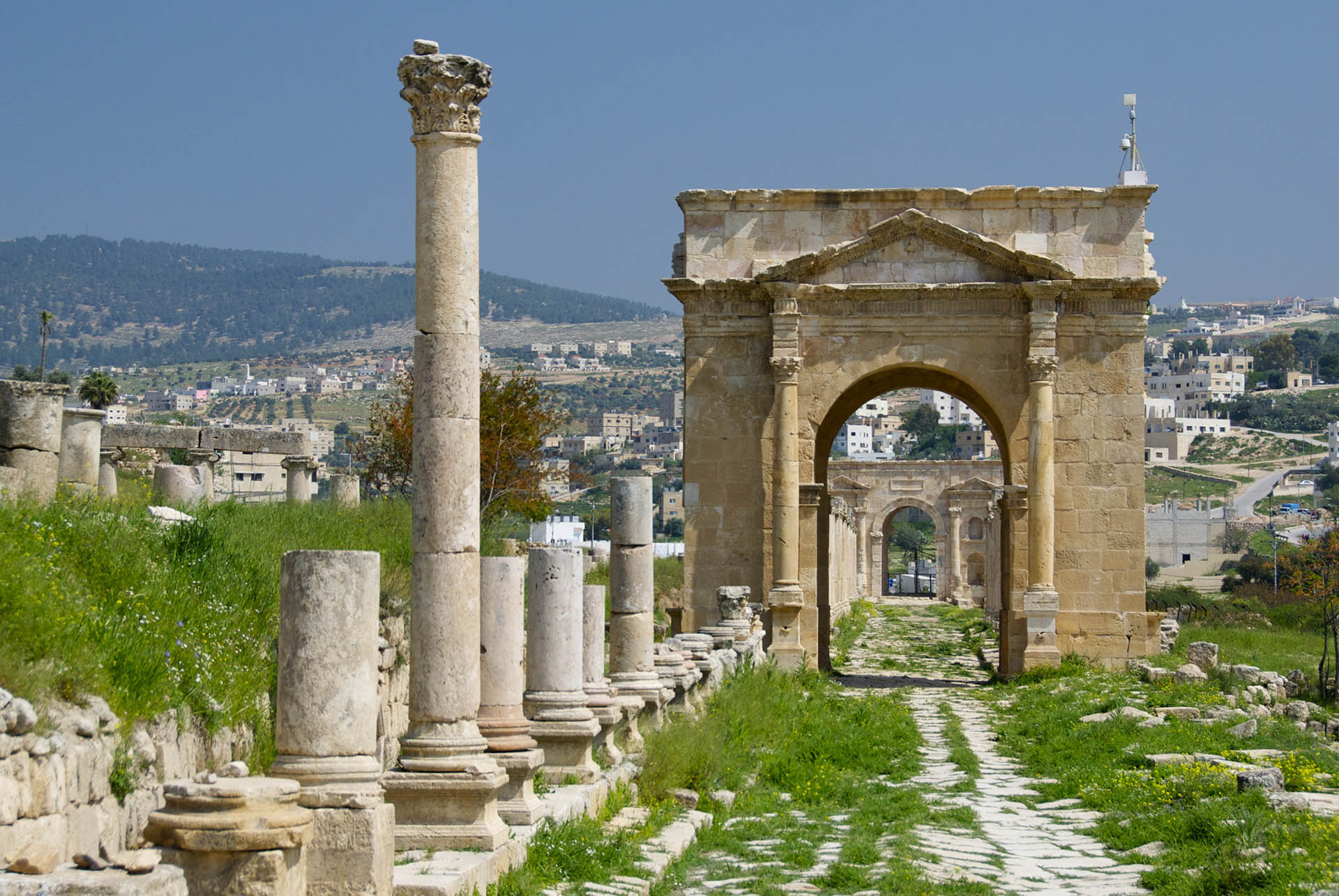
Jerash: Jordan’s Crown Jewel of Roman Architecture
Conclusion: Where Past and Future Converge
El Goli, in the heart of Tabriz, is far more than just a picturesque park. It is a living tapestry where threads of history, culture, and ecology are woven into a vibrant urban oasis. From its humble beginnings as a Qajar-era reservoir to its current status as a beloved public space, El Goli has always been a reflection of Tabriz itself—adaptable, resilient, and welcoming.
This remarkable park shows us that preserving the past doesn’t mean being stuck in it. The same waters that once cooled a prince’s summer retreat now support native fish and migrating birds. An 18th-century pleasure garden has become a cutting-edge example of urban water management. The lake that witnessed the pomp of Qajar nobility now echoes with the laughter of picnicking families and the splash of children’s paddleboats.
But perhaps El Goli’s most powerful lesson is about community. In a rapidly changing world, this park remains a constant—a green heart where Tabriz’s citizens come together. Whether they’re savoring a sunset meal in a historic pavilion, debating poetry under hundred-year-old trees, or teaching children about water conservation, the people of Tabriz are not just using El Goli; they’re actively shaping its future.
For the visitor, El Goli offers a uniquely immersive experience. Here, you don’t just observe local life; you become part of its ebb and flow. As you stroll along paths trod by generations, or float on waters that mirror both city lights and timeless stars, you’ll feel the pulse of a community deeply in tune with its heritage yet eagerly embracing tomorrow. In this magical oasis, the heart of Tabriz, the dialogue between past and future is not just ongoing—it’s inviting you to join in.

